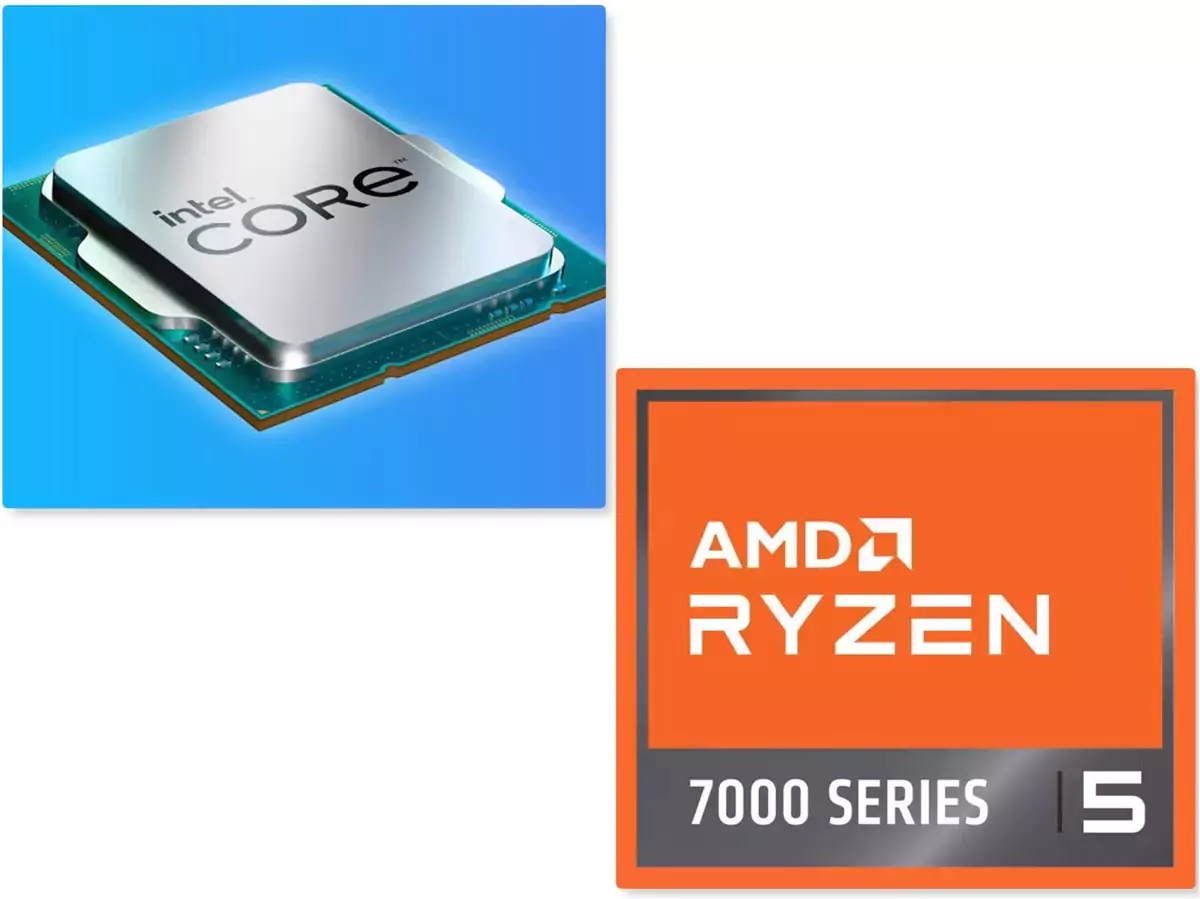Intel has fired a shot across the bow at AMD, accusing its rival of “selling half-truths to unsuspecting customers” by using the Zen 2 architecture in some of its latest Ryzen 7000 series mobile processors. But is Intel’s attack justified, or is it simply a case of the pot calling the kettle black?
Understanding the Ryzen 7000 Series Naming Scheme
The heart of the issue lies in AMD’s new naming scheme for its Ryzen 7000 series processors.
The first digit signifies the model year, the second denotes the segment, and the third reveals the underlying architecture.
At first glance, the Ryzen 5 7520U sounds like a mid-range processor based on AMD’s latest Zen 4 architecture(represented by the “7”). However, the truth is far from it.

The Ryzen 5 7520U actually relies on the older Zen 2 architecture, which was released in 2019, not the more recent Zen 4.
- Top model number – 7 – signals generation – Ryzen 7000 reads as cutting edge. But…
- …buried middle digit – 2 – denotes architecture – Ryzen 5 7520U houses older Zen 2.
Intel’s Accusations: Half-Truths or Deception?
In its scathing presentation, Intel pulls no punches. “The Ryzen 5 7520U is built on dated Zen 2 architecture released in 2019!” it proclaims. “AMD’s old architecture is hidden in plain sight!”
Intel even goes so far as to compare AMD’s naming strategy to “selling snake oil,” highlighting the potential for misleading consumers.

Intel’s Own Checkered Past
While Intel is quick to point the finger at AMD, its own history of confusing processor naming schemes and architectures is far from pristine.
In 2021, Intel launched the Core i9 11900K, which inexplicably dropped the core count from 10 (found in the 10900K) back to just eight.
This move came after years of Intel utilizing the 14nm, 14nm+, and 14nm++ naming schemes for what was essentially a rebranding of its 14nm process. This practice led to widespread criticism and accusations of deceptive marketing.
In 2021, Intel finally gave up on the confusing process node naming altogether, opting to call its third-generation 10nm chips “Intel 7” in an attempt to sound more competitive next to AMD’s products that were based on TSMC’s 7nm node.
More recently, Intel launched its 14th Gen desktop processors, which feel more like overclocked 13th Gen ones. These refreshed chips offer no significant architectural changes and have been widely criticized for their misleading naming scheme, which suggests they are a new generation of processors.
The Takeaway
It’s difficult to deny that AMD’s Ryzen 5 7520U naming might be confusing for some consumers. However, Intel’s own history of questionable practices significantly weakens the impact of its accusations.
Ultimately, this situation feels more like a classic case of “pot calling the kettle black” than a genuine concern for consumer well-being.

So, what’s a consumer to do?
- The best advice is to do your own research. Don’t just rely on the processor name to make your purchase decision.
- Dig deeper, understand the underlying architecture, and compare performance benchmarks before choosing the CPU that best suits your needs.
- Remember, the marketing materials might not paint the whole picture, so it’s crucial to be an informed consumer.
Let’s face it, the processor market can be a confusing place. Both AMD and Intel have made questionable decisions regarding their naming schemes and architectures.
But instead of engaging in a public mudslinging contest, perhaps both companies would be better served by focusing on transparency and clarity in their marketing materials. After all, a well-informed consumer is a happy (and loyal) customer.
Discover more from Gaming Foodle
Subscribe to get the latest posts sent to your email.

